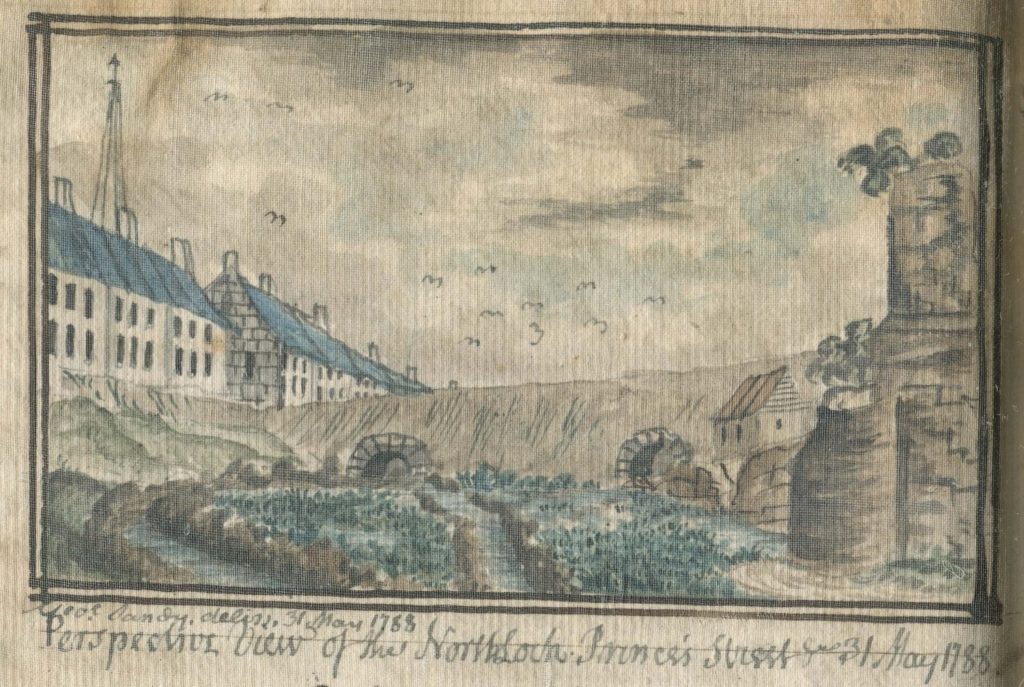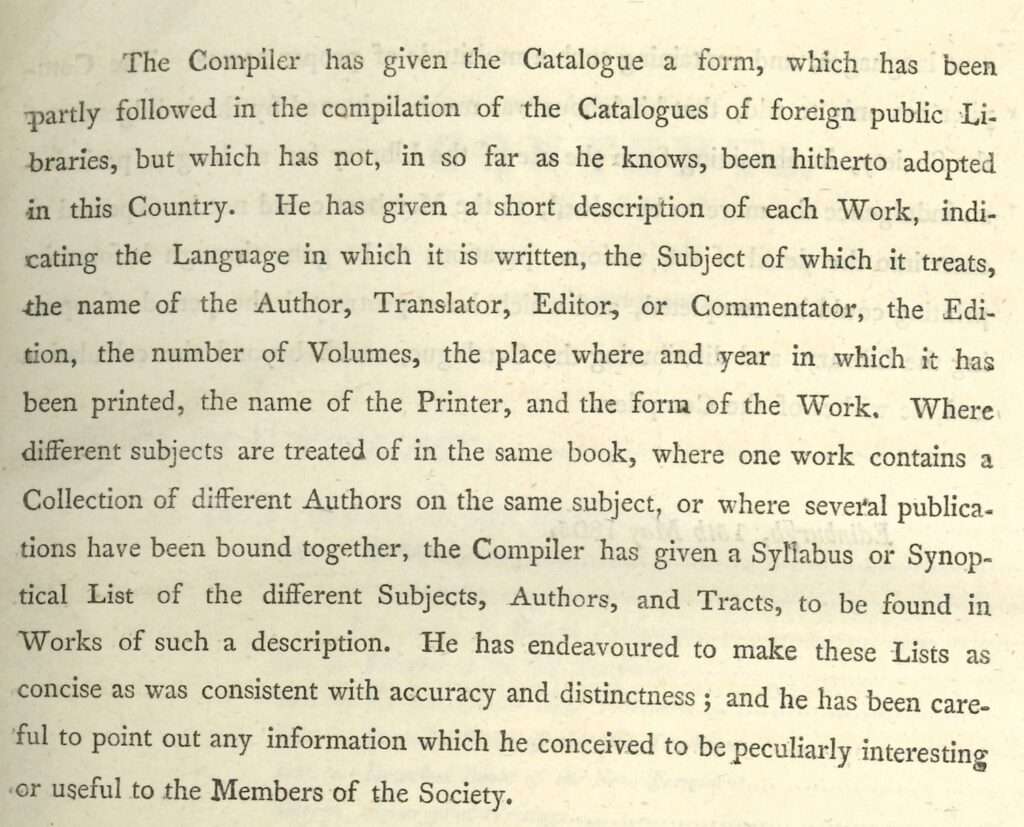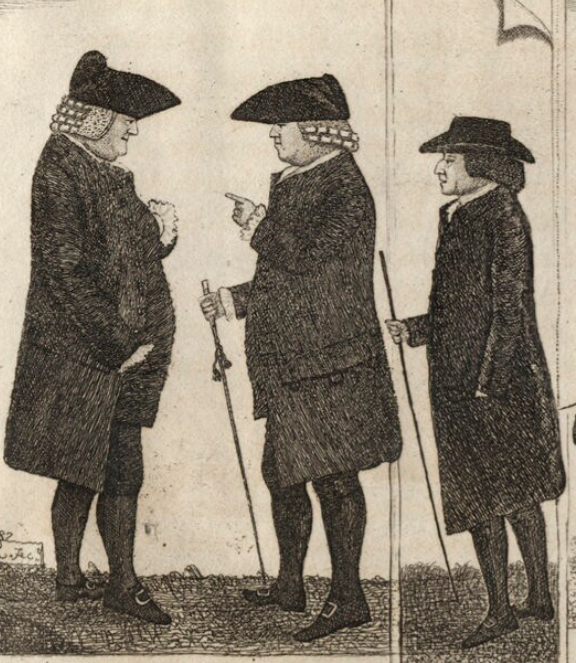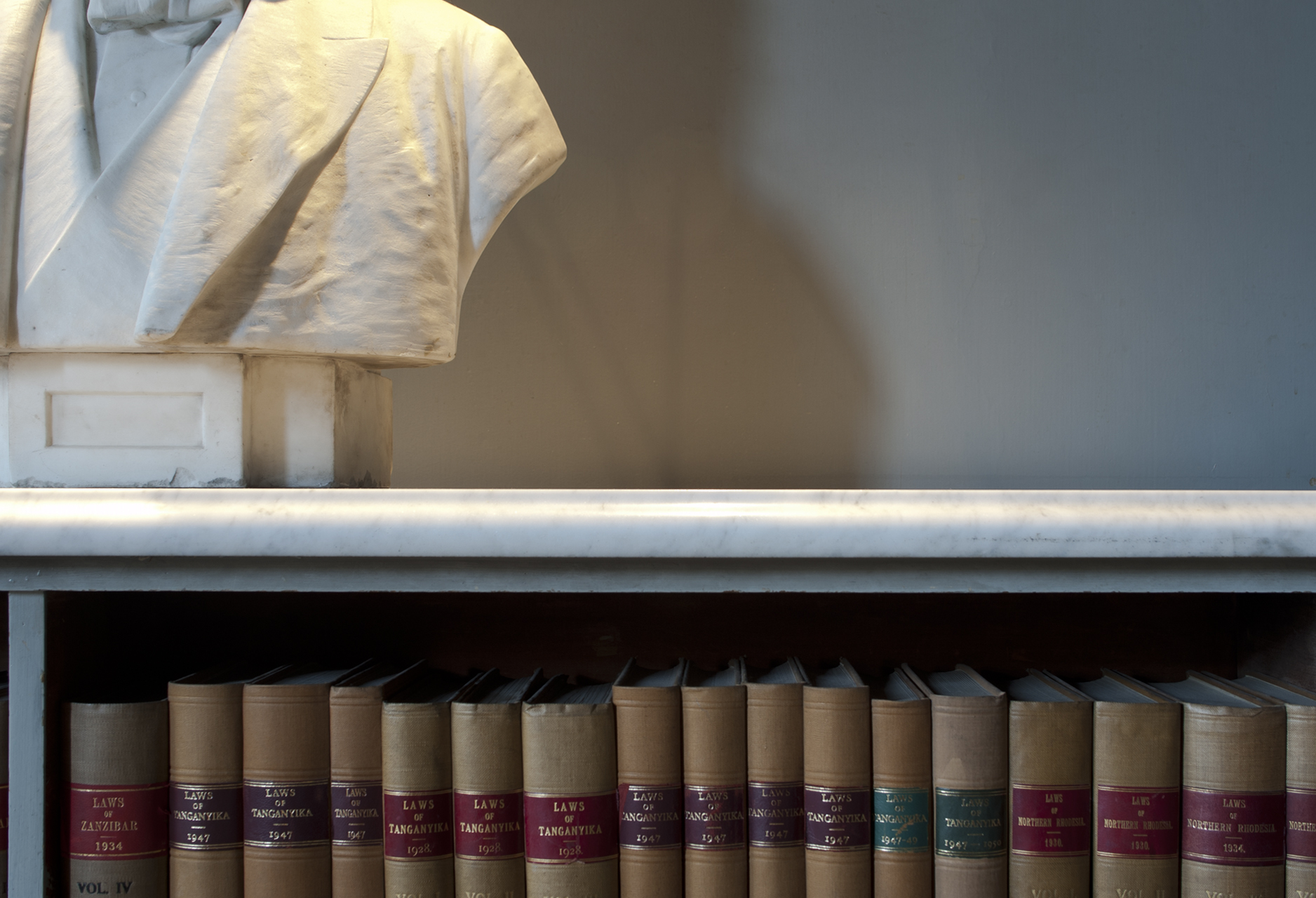THE WS SOCIETY ONLINE EXHIBITION 2024

The 1778 Diary of George Sandy, the beautifully illustrated record of a bright book-obsessed teenager’s adventures in the Edinburgh of the Enlightenment, is one of the Signet Library’s treasures. A quarter of a century later, its author came to the Signet Library’s rescue.
Since John Davidson’s death in 1797, the Library had lost its way. A report by Robert Bell WS in 1803 mourned the situation:
Our library is a collection neither extensive nor well chosen; it contains no manuscripts, no historical monuments, nothing which can interest the enquirer, or elucidate the former state of the country, the progress of her laws, or even the history of that department of science which has been peculiarly intrusted to us.
In 1804, George Sandy, by now a Writer to the Signet in his 30s, stepped forward from the Library committee with a plan that would transform every element of the collection and secure its future.
The crown of his achievement was the extraordinary “1805”, his catalogue of the Signet Library which introduced the collection to the wider world and sent a message of welcome to researchers everywhere. Using the De Bure system (Guillaume de Bure was a prominent 18th century Parisian bookseller and bibliographer), it was one of the first catalogues in the UK to group books by subject, and it went into such detail about the works in the collection that it remained useful to researchers for many years into the future. Visiting the British Library in 1914, the great Scottish lawyer and scholar Dr. David Murray found Sandy’s catalogue resplendent on the exclusive inner circle shelves and held in great affection by readers.
The 1805 and the Wider World

The 1805 catalogue was widely distributed, with copies being presented to senior libraries around the UK such as Newcastle’s Literary and Philosophical Society and the Athenaeum in Liverpool. This was distribution with a purpose: to spread knowledge of the Library far and wide, augmenting the reputation of the Society as a community of scholars as well as lawyers, and to declare the Library open, accessible to readers and scholars.
A copy went to the British Museum in London, and their pioneering librarian, the great Joseph Planta, wrote back in praise, describing the “1805” as
an example to all those who shall hereafter be charged with the useful but arduous undertaking of composing catalogues of public libraries
The distribution of the “1805” appears to have been a kind of starting gun for the use of the Signet Library by scholars and researchers from outwith the Society. One of the first scholarly witnesses to the early Library was Thomas Horne, whose 1814 Introduction to Bibliography was researched in part at the Library’s original home in Writer’s Court, and who described:
One of the best arranged catalogues, on De Bure’s system, that has ever been printed: the library of the Writers to the Signet was begun in 1778; and now comprises a considerable number of valuable works on history, the belles lettres, and the more generally cultivated branches of science, beside a very respectable collection of books of professional utility. The titles of works are given at length with great correctness, and analyses are inserted of all the larger series. My copy possesses two supplements, without which the catalogue is incomplete.
With the 1805 catalogue complete with its supplements, George Sandy had fulfilled the WS Society’s immediate ambitions for its library and perhaps more. The Library had been fully restored, the stock fully surveyed and the Library made part of the wider world of scholars and connoisseurs.
Further Reading

3. The Signet Library in the Scottish Enlightenment
John Davidson and the Enlightenment Signet Library

